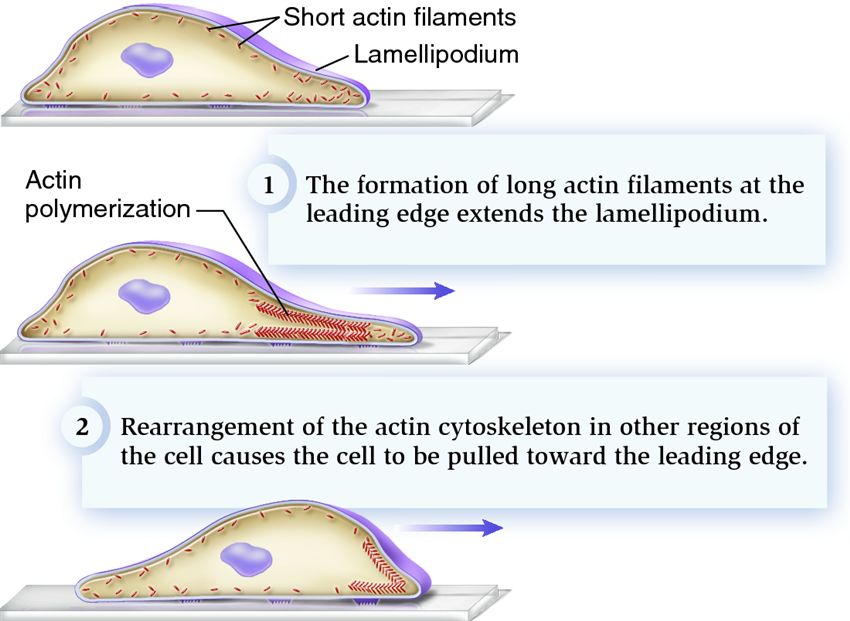Table of Contents
Introduction
- Amoeba is a genus of protozoa that can be found in freshwater environments.
- They possess pseudopodia, which are used for motility.
- The pseudopodia can be extended and retracted to move in any direction.
- Understanding the molecular mechanisms that underlie pseudopodial extension and retraction is crucial for understanding the physiology of amoeboid cells.
Actin Cytoskeleton
- The actin cytoskeleton is a key component in the molecular basis of pseudopodial extension and retraction in amoeba.
- Actin filaments are polymerized at the leading edge of the pseudopodia and depolymerized at the trailing edge.
- This process is regulated by the coordinated activity of actin-binding proteins, such as actin-related protein 2/3 complex (Arp2/3) and formins.
- Arp2/3 complex nucleates the formation of new actin filaments at the leading edge, while formins promote the elongation of existing actin filaments.
Membrane Protrusion and Retraction
- The movement of the plasma membrane is closely linked to the actin cytoskeleton during pseudopodial extension and retraction in amoeba.
- The protrusion of the plasma membrane is driven by the actin-dependent formation of a cup-like invagination called a phagosome.
- Retraction of the plasma membrane is driven by the actin-dependent formation of a tubular structure called a pseudopod retraction fiber.
- The coordinated activity of phosphoinositide-dependent kinase 1 (PDK1) and the Rho-family GTPase, Rac1, regulates the formation of phagosomes and pseudopod retraction fibers.
Conclusion
- The molecular basis of pseudopodial extension and retraction in amoeba is controlled by the actin cytoskeleton and the coordination of actin-binding proteins such as Arp2/3 and formins.
- The protrusion and retraction of the plasma membrane is driven by the actin-dependent formation of phagosomes and pseudopod retraction fibers, respectively.
- Understanding these molecular mechanisms can provide insight into the physiology of amoeboid cells and the mechanisms of cell motility in general.
